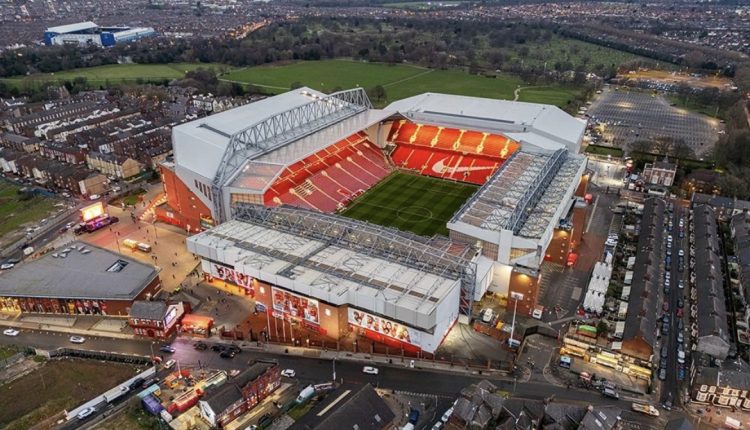Liverpool FC publishes full accounts on Companies House revealing a £100m increase in the club’s ‘overdraft’ to £300m and a net spend figure for players since last summer. Tony McDonough reports

Liverpool FC has increased its revolving credit facility by £100m and has revealed a net spend on players since last summer of £156.2m.
Two weeks ago the club released a statement to the media offering highlights from its annual financial results for the 12 months to May 31, 2023. It showed flat revenues of £594m and a pre-tax loss of £9m.
In the last few days LFC has published the full accounts on Companies House and they reveal some interesting extra details including an increase in the club’s revolving credit facility from £200m to £300m.
A revolving credit facility is similar to a bank overdraft and is typically used for day-to-day spending. Liverpool FC has a so-called ‘accordion’ facility. This gives the business the option of expanding it.
The accounts stated: “At the year end (May 31) the club held a £200m revolving credit facility which has an expiry of July 31, 2025, and is available for general corporate purposes including working capital and letters of credit.
“On June 7, 2023, the additional £100m accordion facility was activated and increased the total facility to £300m.”
It was notable that this increase came just before a number of new player purchases in summer 2023.
In terms of other debt LFC owed its parent company, US-based Fenway Sports Group (FSG) £71.4m. This is the remainder of a £110m loan from FSG to the club agreed seven years ago.
That intracompany loan is interest-free and has been mainly used to finance the rebuild of the Main Stand. According to the accounts FSG will not be seeking any repayment of that debt during the current fiscal year.
Liverpool’s net debt, which includes debt from other banks, rose steeply from £49m to £122m. This relates to the construction of the £80m Anfield Road stand which is now complete and takes the capacity of Anfield up to 61,000.
Since the end of the accounting period Liverpool have bought and sold a number of players. Coming into the club was Dominik Szoboszlai, Alexis Mac Allister, Ryan Gravenberch and Wataru Endo.
Midfielders Fabinho and Jordan Henderson left the club for transfer fees while Naby Keïta, James Milner, Roberto Firmino and Alex Oxlade-Chamberlain all left on free transfers.
As a result of these comings and goings LFC says the net spend on players so far during this current financial year totals £156.2m.
In its initial financial release two weeks ago LFC revealed media revenues for the accounting period, which refers to money earned from broadcasters such as Sky and TNT, fell by £19m to £242m while matchday revenue was also down by £7m to £80m.
Administrative costs rose by £17m to £562m. A big part of that expenditure is Liverpool’s wage bill which was up £7m to £373m. As well as players’ salaries Liverpool employs more than 1,000 people.
One piece of good news was the healthy £25m rise in commercial revenues to £272m. LFC’s retail operations also had a record year for revenue with seven new stores opening across Asia. In the last few days the club has announced the opening of a Dublin store.
In the Companies House document Liverpool has already revealed a geographical breakdown of its revenues. The bulk – £564.5m – came from the UK with around £8m generated from within the European Union and £21.2m from the rest of the world.

Similar to many other companies, Liverpool FC offers details on the remuneration paid to directors in the form of salaries and pension payments. LFC has seven directors but not all will receive payment from the club.
Full list of directors is John W Henry, Tom Werner, Mike Gordon, Michael Egan, Kenny Dalglish, Andy Hughes and Billy Hogan.
READ MORE: What stopped Cricket’s move to Liverpool ONE?
People such as ultimate majority shareholder John W Henry and former Reds manager and playing legend Kenny Dalglish, who is a non-executive director, are unlikely to receive any direct remuneration from the club.
But others, such as chief executive Billy Hogan and managing director Andy Hughes, will receive salaries and pension contributions. The accounts show total directors’ remuneration of £4.18m with the highest paid director, likely to be Billy Hogan, receiving £2.44m.

